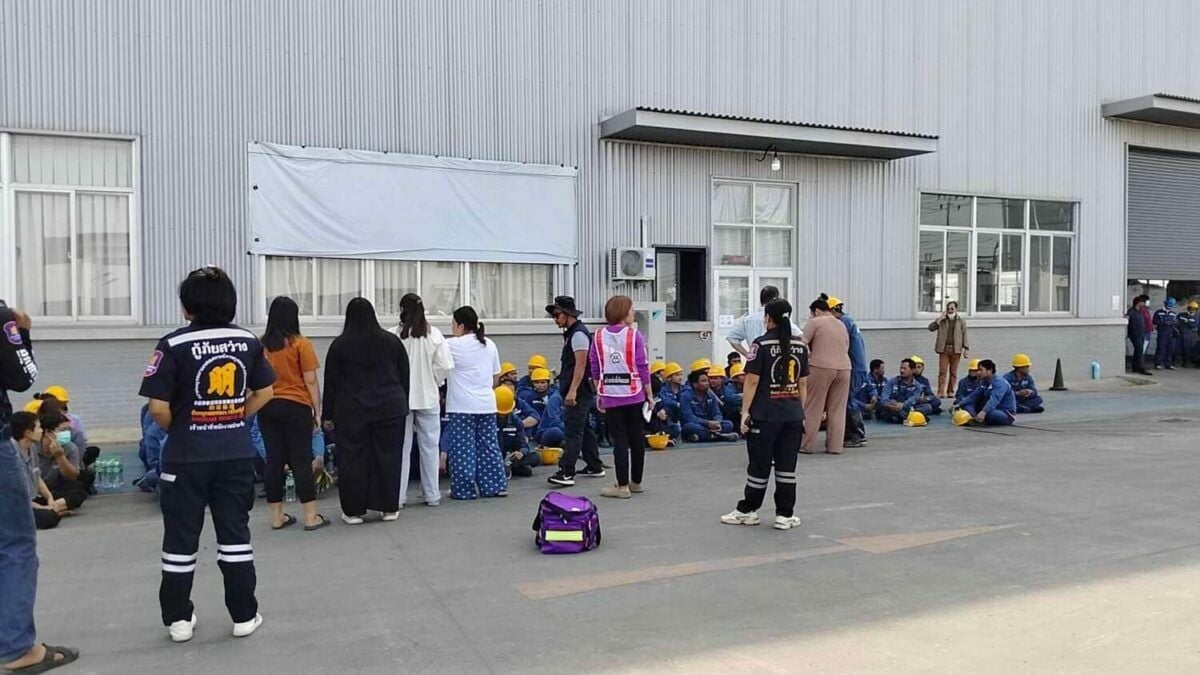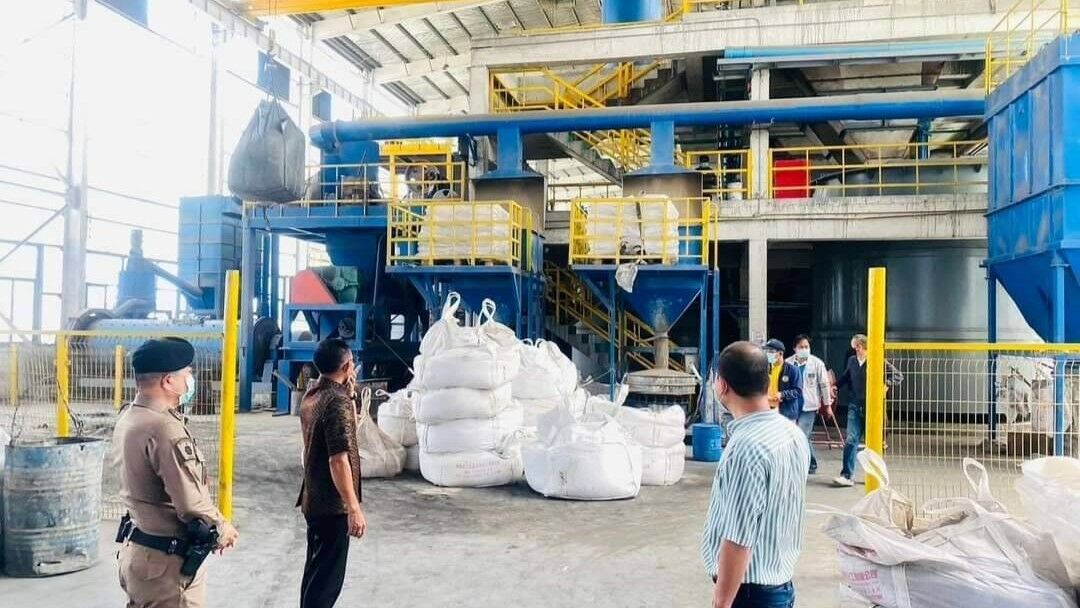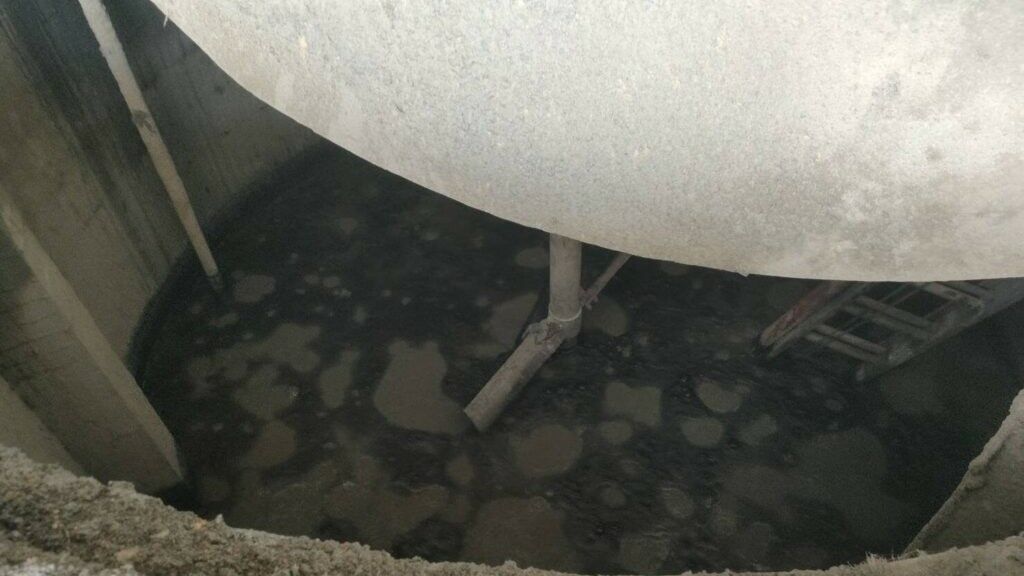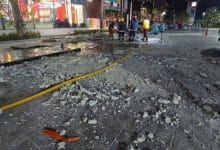Explosion at Thai zinc factory kills 2 Burmese workers, injures 28

A devastating explosion at a zinc production facility in Kabin Buri district, Prachinburi, has left two Burmese workers dead and 28 others injured. The shocking incident unfolded yesterday, October 27, with Thai national media reporting that around 70 employees were on-site at the time, out of a total workforce of 232.
Local officials from the Provincial Disaster Prevention and Mitigation Command confirmed that all victims are migrant workers from Myanmar. One worker tragically died instantly at the scene, while another passed away from his injuries at Kabin Buri Hospital.
Dr Manu Sukolsakul, Health Region 6 Inspector, explained that the blast occurred during a chemical mixing process involving lead and sulphuric acid. Eyewitnesses reported that two workers were standing on the tank lid when it exploded, sending them tumbling into a vat meant for melting steel and aluminium. The facility mainly produces zinc, lead, and tin.
“The site lacked clear signage identifying chemical hazards,” lamented a Chinese engineer present during the disaster.
Deputy Governor Chanathip Kokmani, along with emergency response teams, quickly arrived to assess the situation and urged the public to steer clear of the area due to potential health risks from chemical exposure.
In response to the tragedy, police have invoked the Public Health Act, ordering the factory to halt all operations until thorough safety inspections are carried out and necessary upgrades are made.


What Other Media Are Saying
- ASEAN Now reports a Prachin Buri factory explosion killed two and injured nine due to a pressure surge from mixing lead and zinc materials, highlighting worker safety concerns. (read more)
Frequently Asked Questions
Here are some common questions asked about this news.
What safety measures could prevent such industrial explosions in the future?
Implementing stringent safety protocols, proper chemical handling training, and clear hazard signage.
How do chemical reactions involving lead and sulfuric acid lead to explosions?
These reactions can produce intense heat and toxic gases, which can cause explosive pressure buildup.
What could be the long-term health impacts on the survivors of the explosion?
Survivors may face respiratory issues, chemical burns, or long-term toxic exposure effects.
Why is it crucial for factories to have clear chemical hazard signage?
Clear signage helps workers identify dangers, prevent accidents and ensure prompt response during emergencies.
What if the factory had automated safety systems in place?
Automated systems could detect anomalies early, initiate shutdowns, and potentially prevent explosions.
Latest Thailand News
Follow The Thaiger on Google News:


























